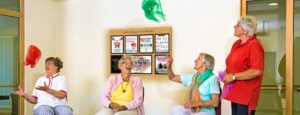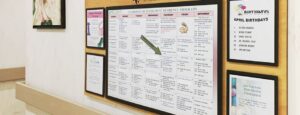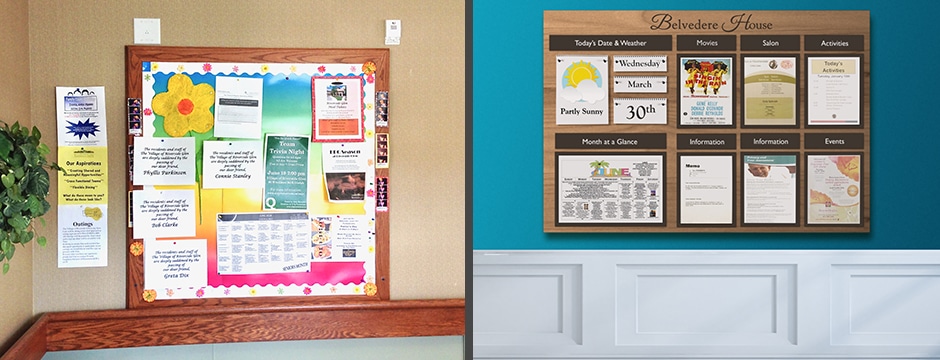
Activity boards are one of the most valuable tools used to communicate with residents in senior living and long term care. And they come in all shapes and sizes. The challenge is how to select what’s best.
Here are five tips to help you choose:
1. Define the purpose. It is essential that you know Why there is a need or desire to post the information, because that will help you…
2. Determine the placement. Where you post ties into the purpose, and the required/desired location may not have sufficient wall space available. If not, you can consider using free-standing floor displays (which are multi-purpose as they can be moved to where they are needed next). Once you’ve defined the purpose and determined the placement of your message, you can move on to…






